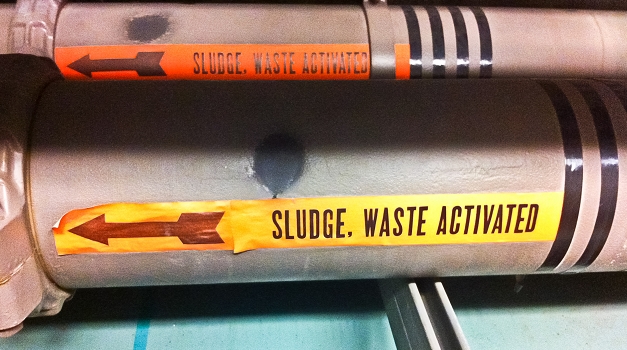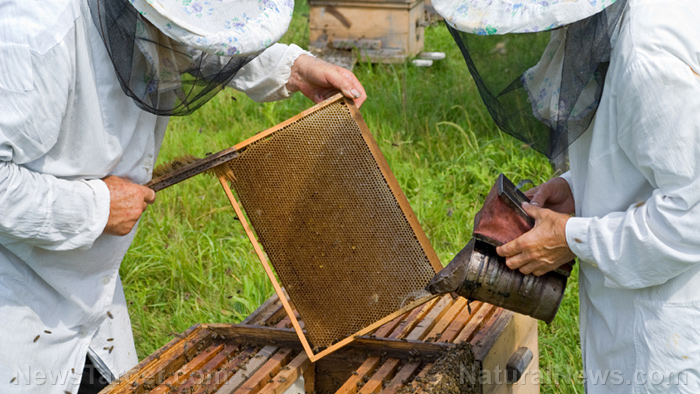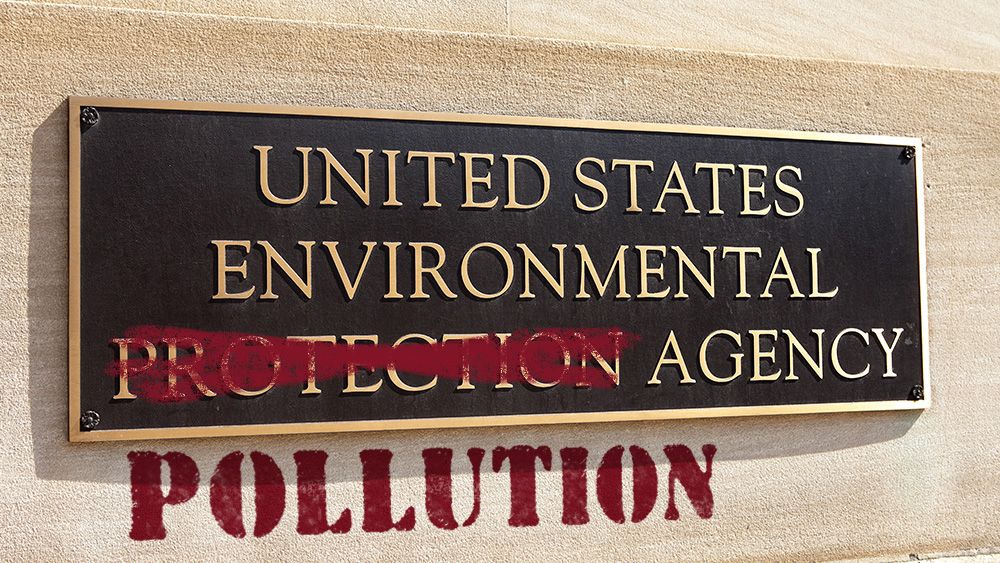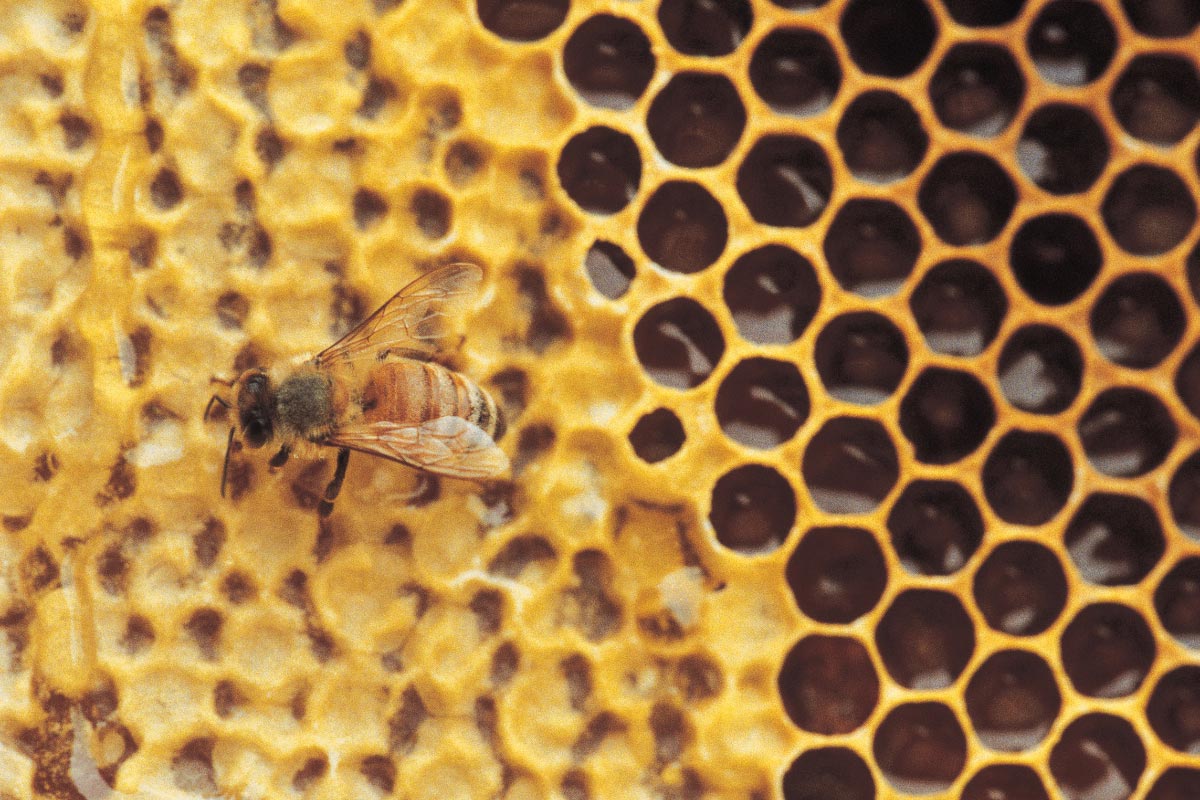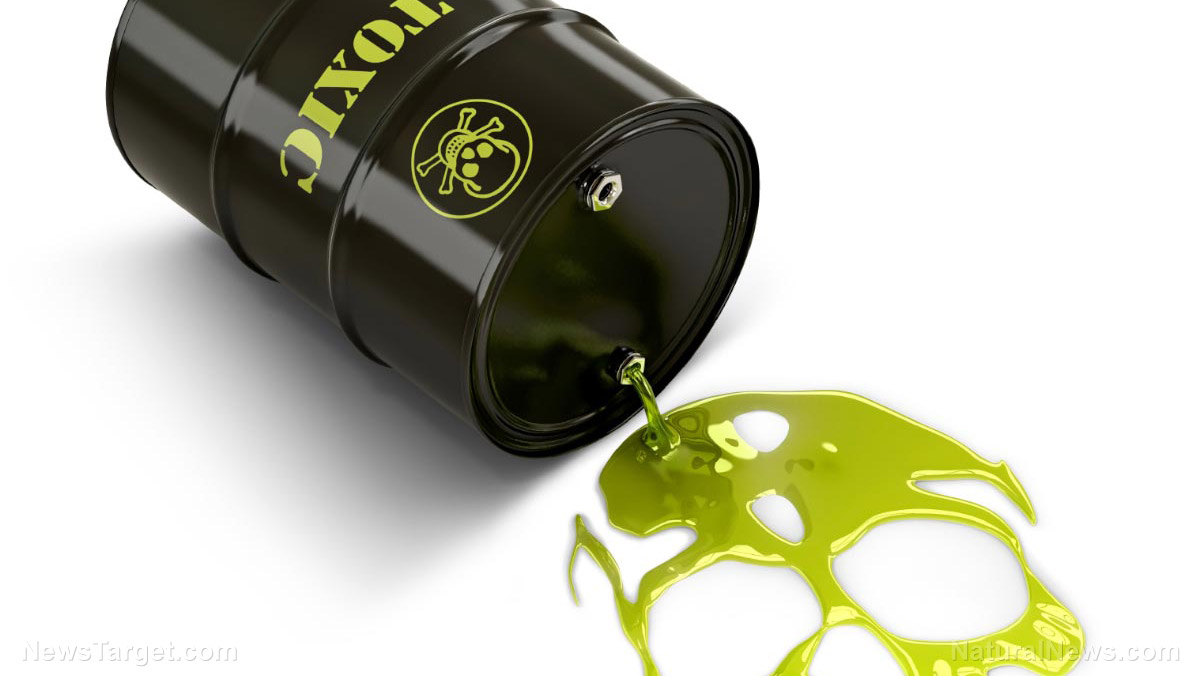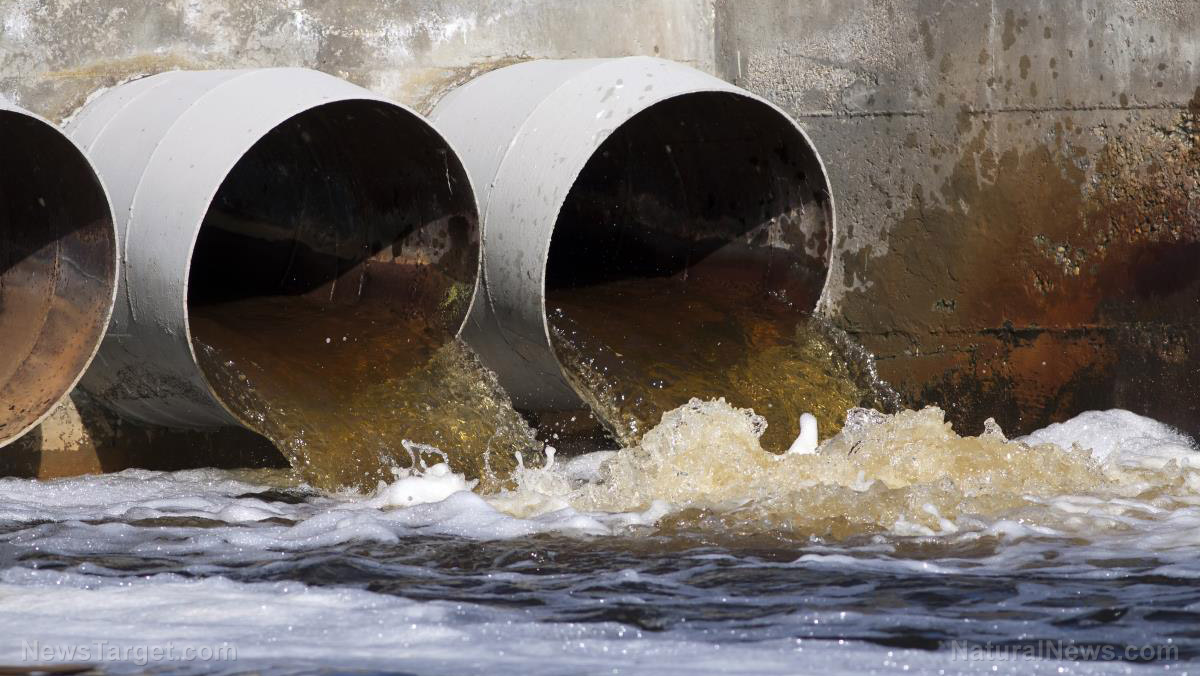Toxic chemicals from plastic waste are migrating into food and harming soil, warn experts
04/13/2021 / By Divina Ramirez
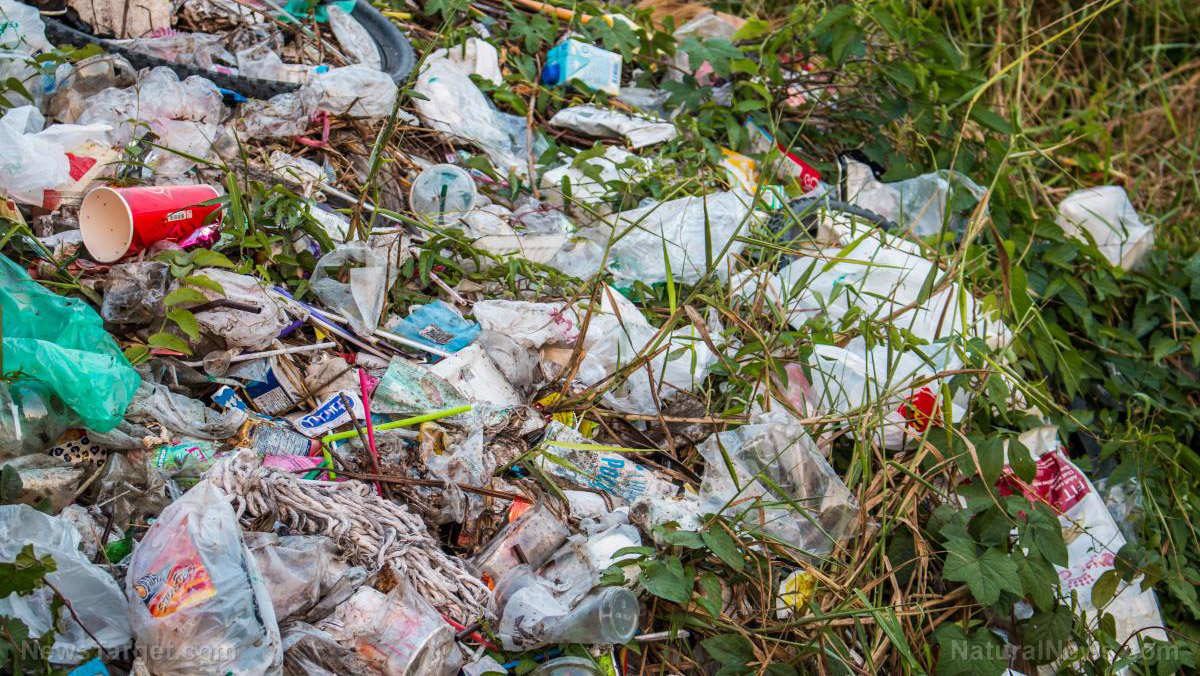
The global rate of plastic production is projected to double, if not triple, over the next few decades. Researchers warn that this could mean more plastic waste polluting the environment, as well as more chemicals from minuscule and broken-down plastic debris – better known as microplastics – migrating into food.
Confronting the issue of plastic pollution, independent journalist Liza Gross and former Environmental Protection Agency (EPA) regional administrator Judith Enck commissioned a collection of evidence-based essays exploring the challenges facing experts working to address the harms of microplastics.
In a foreword for the collection, Gross and Enck wrote that the commentaries reveal the need to develop robust methods to detect, evaluate and mitigate threats associated with microplastics.
The essays were published in the journal PLOS Biology, of which Gross is a senior editor.
Mitigating threats associated with microplastic pollution requires open collaboration between scientists, regulators and lawmakers
In their essay, researchers from California discussed recent state efforts to evaluate and mitigate the impacts of microplastic pollution. They pointed out that although government agencies have started to consider mitigation efforts for microplastic pollution, microplastics presented a unique challenge.
In particular, microplastics do not easily fit within traditional risk-based regulatory frameworks. This is largely because of the persistence of microplastics in the environment. Microplastics also come in all kinds of sizes, shapes and chemical properties. These factors make it difficult for experts to determine exposure estimates.
Because of these complexities, the researchers argue that addressing the impacts of microplastics requires open collaboration between scientists researching microplastics, regulators determining standards for contaminants and lawmakers drafting legislation to address the impact of microplastic pollution.
Hazardous chemicals in plastic packaging are contaminating food
In her essay, Jane Muncke, managing director of the Swiss foundation Food Packaging Forum, focused on how potentially hazardous chemicals present in single-use food packaging migrate from plastic into food and become an unintentional part of the human diet.
Single-use food packaging is a major driver of the global plastic pollution crisis. Its emergence as such has resulted in concentrated efforts to reduce plastic waste by giving it new life as recycled materials.
But according to Muncke, such efforts ignore evidence that chemicals in food packaging can migrate from plastic into foods upon contact. Hazardous chemicals, such as endocrine disruptors, carcinogens and substances that accumulate inside the body, can easily transfer from plastic packaging into food.
This type of chemical transfer is “scientifically undisputed,” said Muncke. As such, single-use food packaging is a known and avoidable source of human exposure to potentially hazardous chemicals. She added that addressing food packaging is an urgent public health need.
Microplastics may impact soil health and plant growth
The final essay was written by a team of German researchers led by Matthias Rillig, a professor of plant ecology at the Free University of Berlin. The essay focused on the potential impacts of microplastics on soil health. (Related: Scientists warn that microplastics are harming earthworms, plant health and soil pH.)
For starters, microplastics are unique soil contaminants in that they already contain a lot of carbon. Around 80 percent of microplastics are carbon. Therefore, it’s highly likely that soil already contains carbon from microplastics. But microplastics are still resistant to microbial decay compared to plant residue.
Moreover, none of the current methods for assessing soil chemistry are able to distinguish carbon from organic matter in the soil from the carbon in microplastics. Rillig and his colleagues emphasize that this is troubling because while carbon in microplastics is organic carbon, it does not work like other soil organic carbon.
On the contrary, carbon in microplastics may have adverse effects on soil microbial processes that dictate plant growth. Unfortunately, scientists need to conduct more studies to better understand microplastics and nanoplastics in soil. Nanoplastics are the expected by-products of broken-down microplastics.
The researchers said a major concentrated effort is needed to understand the impact of microplastics on soil and terrestrial ecosystems.
Follow Pollution.news for more articles about the impacts of microplastic pollution on environmental health.
Sources include:
Submit a correction >>
Tagged Under:
Ecology, environment, Environmental Protection Agency, food packaging, food safety, microplastics, nanoplastics, single-use plastics, soil health, toxic chemicals
This article may contain statements that reflect the opinion of the author
RECENT NEWS & ARTICLES
EPA.News is a fact-based public education website published by EPA News Features, LLC.
All content copyright © 2018 by EPA News Features, LLC.
Contact Us with Tips or Corrections
All trademarks, registered trademarks and servicemarks mentioned on this site are the property of their respective owners.






